I recently tried sake made from brown rice. I’ve heard a rule that says sake made from unpolished rice (genmai) cannot be called seishu (Japanese sake). Which is correct?
We received such a question!
Let’s answer it right away.
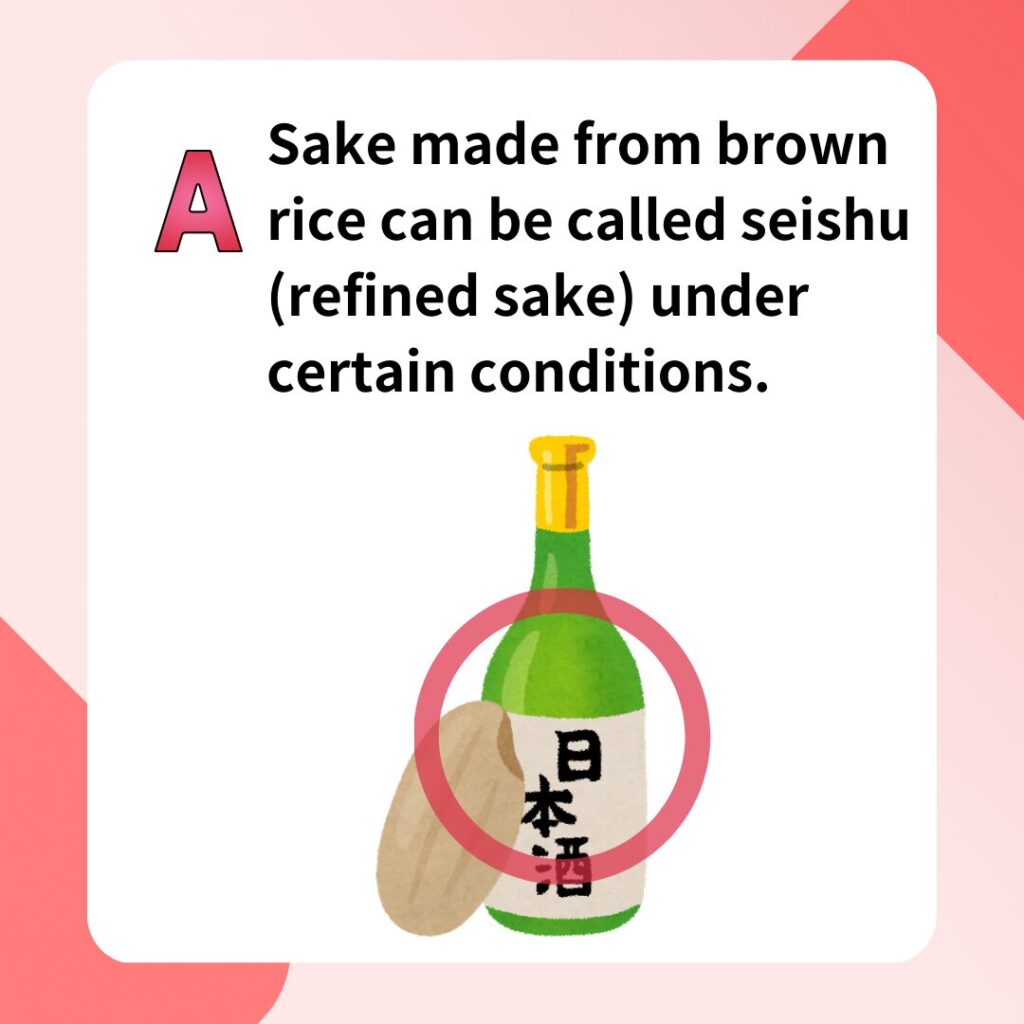
According to the National Tax Agency’s definition of seishu, there is no specific mention of polishing in the regulations. Even for tokutei meisho-shu (special designation sake), the “junmai-shu” category does not have a regulation for polishing ratio. Therefore, if koji rice makes up at least 15% of the total rice used, sake made from 100% brown rice can still be classified as seishu (Japanese sake, if made from domestically sourced ingredients and produced domestically).
Just to be sure, I confirmed this with the sake department of the National Tax Agency, and their response was: “If brown rice is used and the ratio of koji rice is 15% or more, it can be called seishu.”
This is a useful tip, so please feel free to use it as a reference.
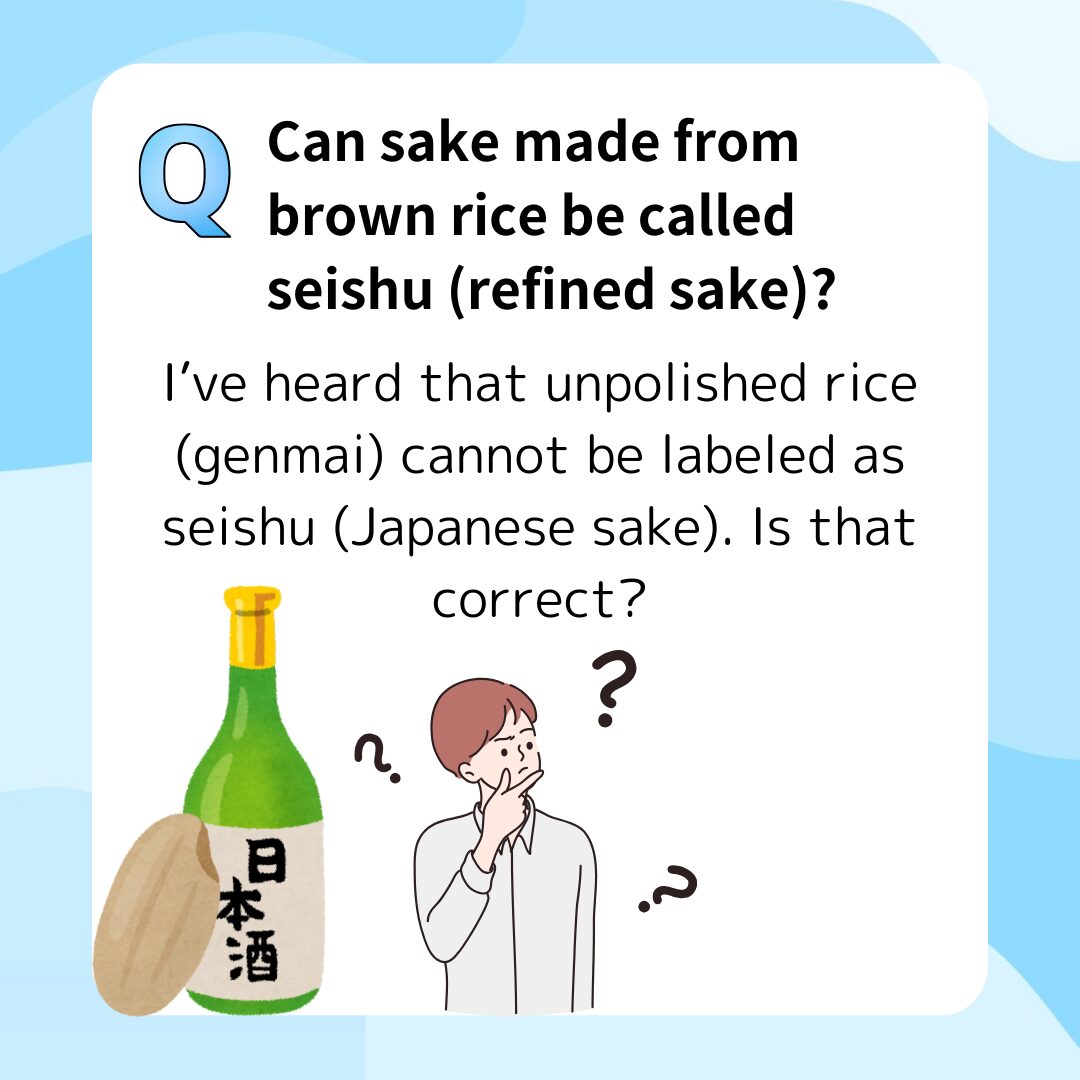



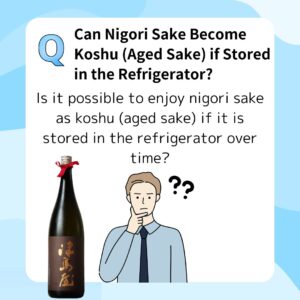

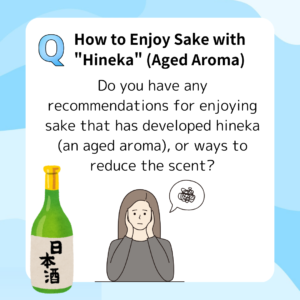
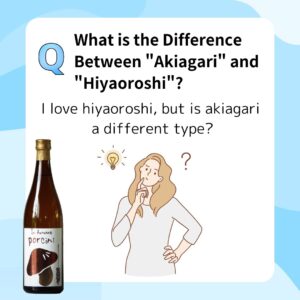

Comments